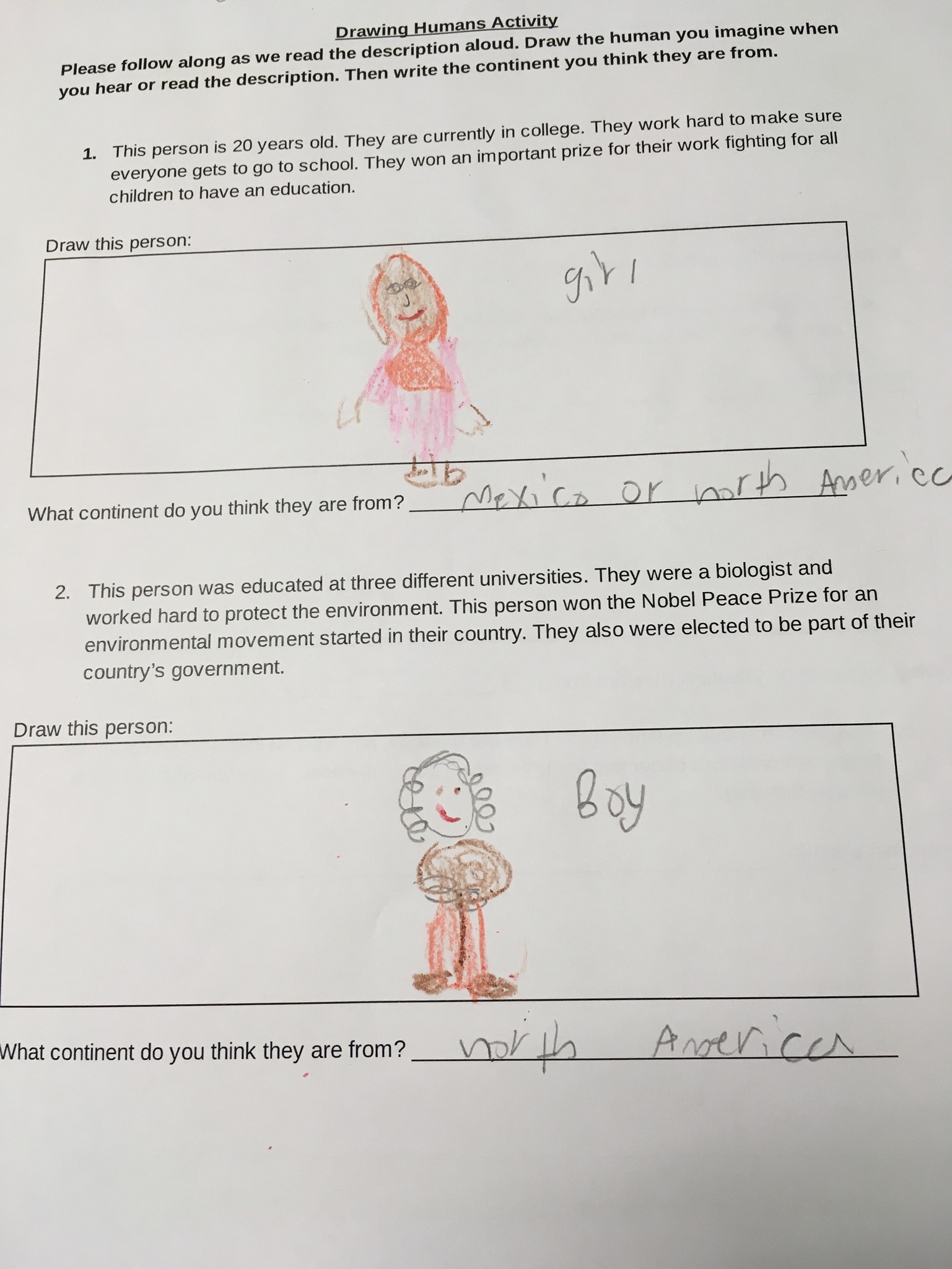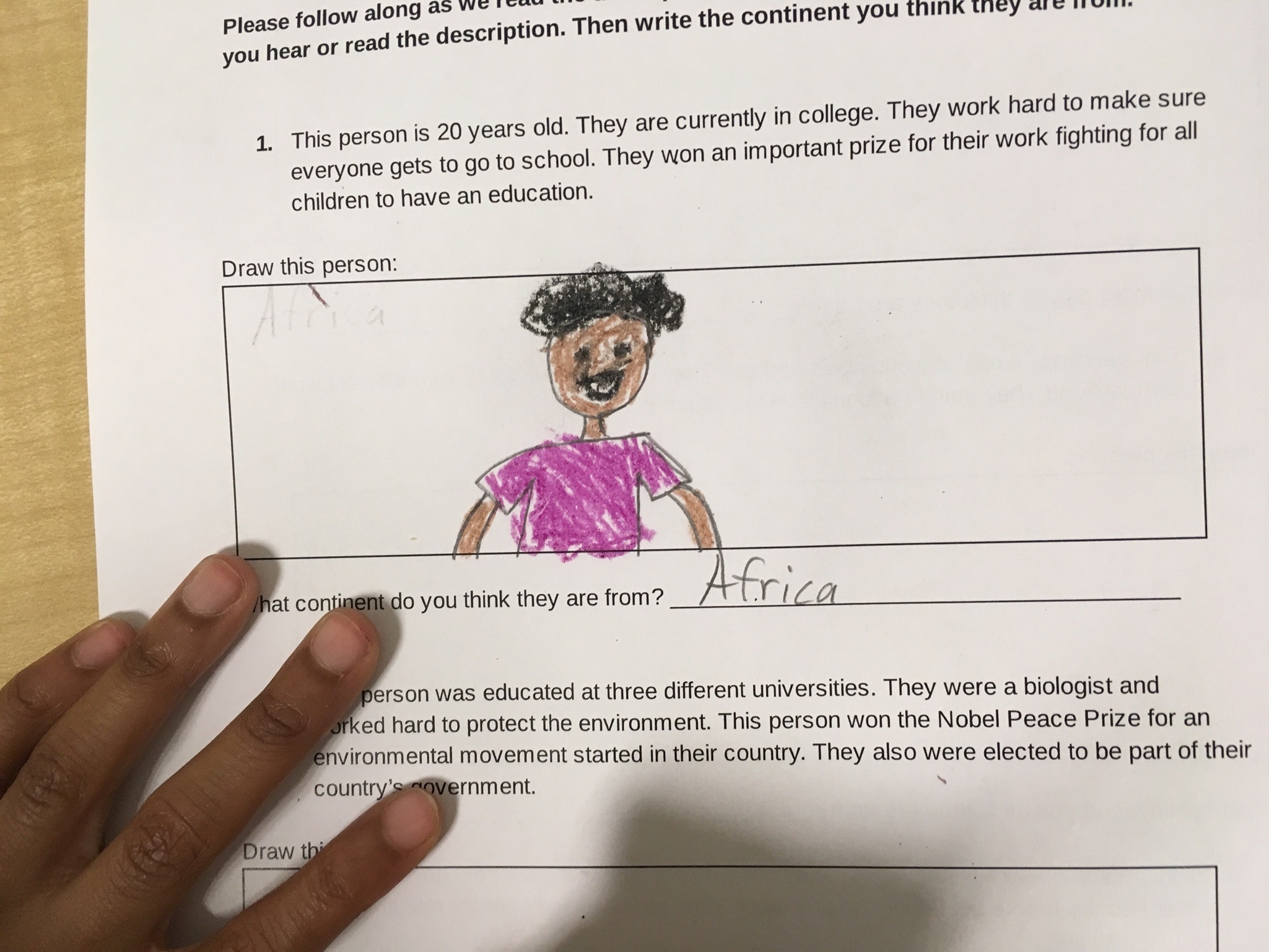Map Exploration
My 3rd graders and I have been learning all about maps! We learned about different features of maps, different kinds of maps, made our own maps (which were so creative) and more. This week, my co-teacher and I asked students to bring in a map from home. We told students it was their “homework” so they took the assignment very seriously, reporting talking to their parents to get permission and reporting back to us that they looked at different maps they found at home and decided not to bring in some that were too large or fragile etc.
Once we all had maps at school (and we of course had some extra ones for students who forgot), we started our map exploration. First, as a class, we watched a Brainpop (not Brainpop Jr.) video about map skills and reviewed features of maps we might look for and reminded ourselves to use the map key or legend to help us understand the information the map was displaying. Then, we projected an image of this map of Washington, D.C. on the board. We let students have a minute to look at the map and see what they notice. Immediately, cries of, “Why is there so much white? It’s ALL white. There are so many white people!” filled the room. Students turned and talked about what they noticed and questions they had.
They noticed so much. They had questions and observations about white neighborhoods taking over, why white and black neighborhoods are so separate, if it is like this everywhere, why there were so few (visible) Asian blocks, and what the gray areas meant (we explained those are areas where people don’t live because it’s Rock Creek Park or it might be a solely commercial district). Some students noted where our school might be and that it was in a white area as well. After giving students time for discussion and reflection, we passed out copies of these See, Think, Wonder sheets and told students to note one thing they discussed with their partner.
Next, we gave each pair time to look at the maps they brought in and share with their partner. Students were very excited to share their maps! After they finished sharing and reflecting, they were free to walk around the classroom and look at other maps. We have a big world map on the wall and put out different books with maps in them as well such as My Map Book by Sara Fanelli and 50 Cities of the U.S.A.: Explore America’s Cities with 50 Fact-Filled Maps by Gabrielle Balkan. After students had time for (silent) exploration, they met in small groups (2-4 students per group) to discuss what they noticed, what questions they had, and anything they learned or wanted to learn more about next.
Eavesdropping on the discussion was fascinating! Students were surprised by the different types of maps and really wanted to explore more. One student had brought in a map of constellations, which really pushed us to think about maps as applying to everything, not just locations on Earth! Having students bring in the maps really led to strong investment and interest in the exploration as they wanted to share what they brought in and felt a personal role and connection. Starting with a map of DC also really intrigued students, as many of them were born in the area and have always lived here, so looking at DC in a new way really interested them. And of course, the questions and responses discussed (and a few responses included above) show how deeply they were thinking about who lives where and why that might be. Other maps that were really popular (that we provided) were this map showing each state’s favorite Halloween candy, this map showing ice cream consumption by state, and all the maps in My Map Book (linked above).












